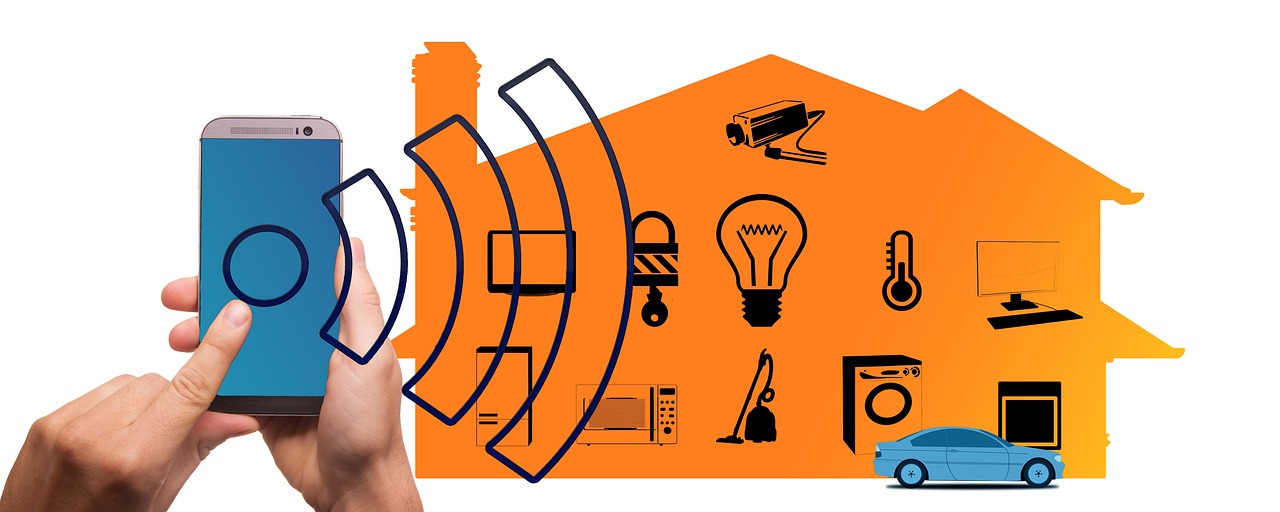Smart lighting
Contents |
[edit] What is smart lighting?
Smart lighting allows users to control and customise the lighting in a building using remote devices such as smartphones or tablets. It is designed to be convenient, energy-efficient, and programmable, and can be used to create a variety of lighting environments for different tasks or occasions.
[edit] What are the advantages of smart lighting?
One of the main advantages of smart lighting its ability to control lighting remotely. This can be done using a smartphone or tablet, or through a smart home hub. With smart lighting, users can turn lights on or off, dim them, or change their colour from anywhere with an internet connection. This can be particularly useful when the user is away from the building, as it allows them to turn the lights off if they forgot to do so before leaving, or to turn them on when they are on their way home.
Smart lighting is also energy-efficient. Many smart bulbs use LED technology to reduce energy consumption. Additionally, the ability to control lighting remotely means that users can turn off lights that are not needed.
Many smart bulbs can be programmed to change colour, allowing users to create a variety of different lighting environments for different tasks or occasions. For example, a user might choose a softer, warmer light for relaxation or a cooler, brighter light for tasks such as reading or cooking.
Smart lighting can be integrated with other smart devices, such as thermostats and security systems, allowing control all of a property's systems from one central location.
Smart lighting can also be programmed to turn on and off at certain times, creating the illusion that someone is home even when they are not. This can deter burglars and increase overall safety and security.
[edit] What are the disadvantages of smart lighting?
Smart lighting systems can be expensive to instal, especially if you want to retrofit your entire home with smart bulbs. The cost of smart bulbs can also be higher than traditional bulbs. They can also be complex to set up and use, especially for people who are not tech-savvy. It may take some time to learn how to use all of the features and functions of a smart lighting system.
Most smart lighting systems require a central hub to function. If this hub fails or loses power, the smart lighting system may not work properly. Smart lighting systems also require an internet connection to function properly. If the internet goes down, the smart lighting system may not work properly.
Smart lighting systems may not be compatible with older homes or buildings that do not have the necessary wiring or infrastructure in place.
Some people may also be concerned about the privacy implications of having a smart lighting system that can be controlled remotely.
[edit] Related articles on Designing Buildings
- Commercial lighting.
- General lighting v task lighting.
- Light fitting.
- Lighting and energy efficiency.
- Lighting control.
- Lighting for circadian rhythms.
- Lighting in commercial buildings.
- Lighting of construction sites.
- Lighting.
- Natural light.
- Smart lighting market to 2020.
- Smart office lighting.
- Types of lamp.
- Types of lighting.
[edit] External references
- "Smart lighting explained: What it is and why you should care." CNET. https://www.cnet.com/news/smart-lighting-explained-what-it-is-and-why-you-should-care/
- "Smart lighting: A beginner's guide." Techradar. https://www.techradar.com/uk/news/smart-lighting-a-beginners-guide
- "Smart Lighting: The Benefits and Drawbacks." Electronic House. https://www.electronichouse.com/smart-home/smart-lighting-the-benefits-and-drawbacks/
Featured articles and news
RTPI leader to become new CIOB Chief Executive Officer
Dr Victoria Hills MRTPI, FICE to take over after Caroline Gumble’s departure.
Social and affordable housing, a long term plan for delivery
The “Delivering a Decade of Renewal for Social and Affordable Housing” strategy sets out future path.
A change to adoptive architecture
Effects of global weather warming on architectural detailing, material choice and human interaction.
The proposed publicly owned and backed subsidiary of Homes England, to facilitate new homes.
How big is the problem and what can we do to mitigate the effects?
Overheating guidance and tools for building designers
A number of cool guides to help with the heat.
The UK's Modern Industrial Strategy: A 10 year plan
Previous consultation criticism, current key elements and general support with some persisting reservations.
Building Safety Regulator reforms
New roles, new staff and a new fast track service pave the way for a single construction regulator.
Architectural Technologist CPDs and Communications
CIAT CPD… and how you can do it!
Cooling centres and cool spaces
Managing extreme heat in cities by directing the public to places for heat stress relief and water sources.
Winter gardens: A brief history and warm variations
Extending the season with glass in different forms and terms.
Restoring Great Yarmouth's Winter Gardens
Transforming one of the least sustainable constructions imaginable.
Construction Skills Mission Board launch sector drive
Newly formed government and industry collaboration set strategy for recruiting an additional 100,000 construction workers a year.
New Architects Code comes into effect in September 2025
ARB Architects Code of Conduct and Practice available with ongoing consultation regarding guidance.
Welsh Skills Body (Medr) launches ambitious plan
The new skills body brings together funding and regulation of tertiary education and research for the devolved nation.
Paul Gandy FCIOB announced as next CIOB President
Former Tilbury Douglas CEO takes helm.
UK Infrastructure: A 10 Year Strategy. In brief with reactions
With the National Infrastructure and Service Transformation Authority (NISTA).
























Comments
[edit] To make a comment about this article, or to suggest changes, click 'Add a comment' above. Separate your comments from any existing comments by inserting a horizontal line.